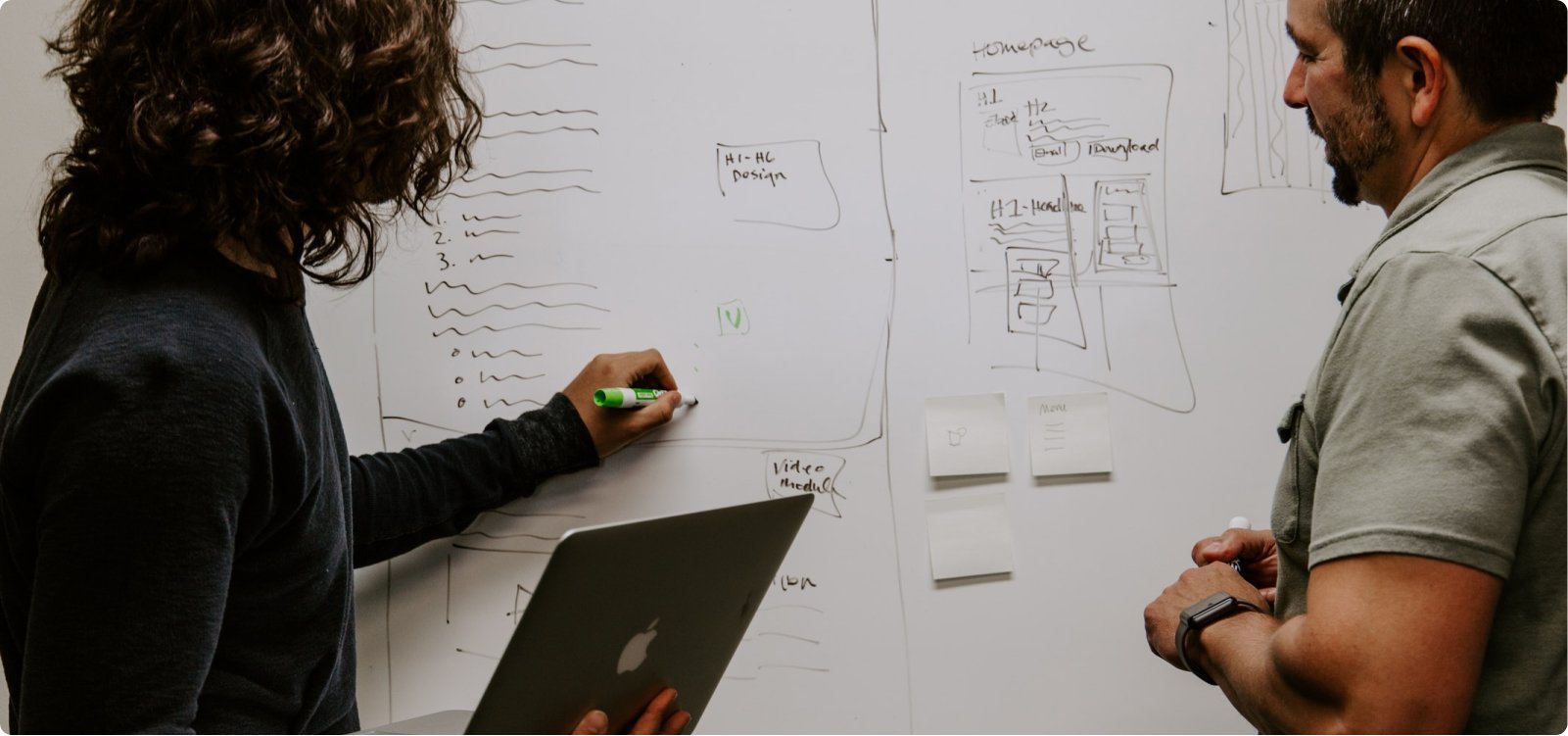In testing your MVP, the goal will be to determine if you should build the SaaS application out to its full scope or if it shouldn’t be built at all. While you may get feedback that speaks to technical improvements, you’ll want to focus on user insights that speak to demand, utility and value to ensure that you’re setting out to build a viable product.
Use at least one of these ideas to test your SaaS MVP before making a large investment in it.
Getting user feedback about the usefulness and worth of your SaaS product’s MVP can seem daunting. After all, the potential outcomes include finding out that customers aren’t in need of your product or aren’t willing to pay the price — or various price points — you’ve set for the product, all of which will force you to either pivot or scrap the project. However, determining if your MVP is viable is a critical step that you need to conduct early in the process. The good news is that testing your SaaS MVP is easy with these seven ideas.
1. Give current customers early access.
Established companies can grant their current customers early access to their SaaS MVP to garner insights and validate the product idea. Your existing users are likely to provide honest feedback and answers to your questions. Focus on the problem you are trying to solve and determine if they see the need for your solution.
2. Leverage tools like UserTesting.
Gain unparalleled insights into your users and your product by using a tool like UserTesting. This service allows you to remotely observe and gather comments from existing or potential users while interacting with your SaaS product. By getting quick, frequent feedback, you can make confident decisions with speed.
3. Fundraise to validate and finance your product.
Whether you raise funds from investors or go the route of crowdfunding, this method will allow you not only to determine the viability of your SaaS application, but it also will ensure that you have the funds to build and launch the final product. Both options will likely generate buzz around your MVP and expose your product to a group of interested users.
4. Use landing pages to gauge demand.
Launching a static page to promote your MVP’s upcoming release will allow you to start building an email list that will offer you insights into the demand for your product.
5. Save time and money by using clickable prototypes to validate your MVP.
Clickable prototypes allow users to engage with the MVP without wasting time on the development of the product or features. Your company can use wireframes, screenshots, digital sketches or mockup apps to validate user demand and collect feedback on the user experience.
6. Test a single-feature MVP to reduce your investment while assessing interest.
Testing a single strong feature of your product will ensure that you can get valuable feedback without investing a lot of time and money. For this reason, many companies use this as their MVP testing strategy.
7. Conduct surveys to discover users’ preferences.
You can use surveys to test the value and viability of your product. This testing strategy will also generate insights into the preferences of users. Gather qualitative data by asking questions related to what people currently do that the product facilitates and how they would use the application. Qualitative data can uncover design opportunities or feedback on specific ideas and parameters. You can collect quantitative data by using rating scales.
Testing the idea behind your SaaS MVP is a crucial step in the process of launching a SaaS product. Validating your idea with these simple and cost-effective testing methods will give you the confidence you need to continue to invest in building your SaaS product, as you’ll know that there’s a market for your application.
At Geekbears, we’re passionate about collaborating with innovators. We’ll work together to develop the best possible version of an initial product by taking the time to fully understand the product requirements, the needs of your users and your business objectives. Our software development agency’s clients have raised millions of dollars for their businesses because of their minimum viable product’s success. Check out our case studies to learn more!

